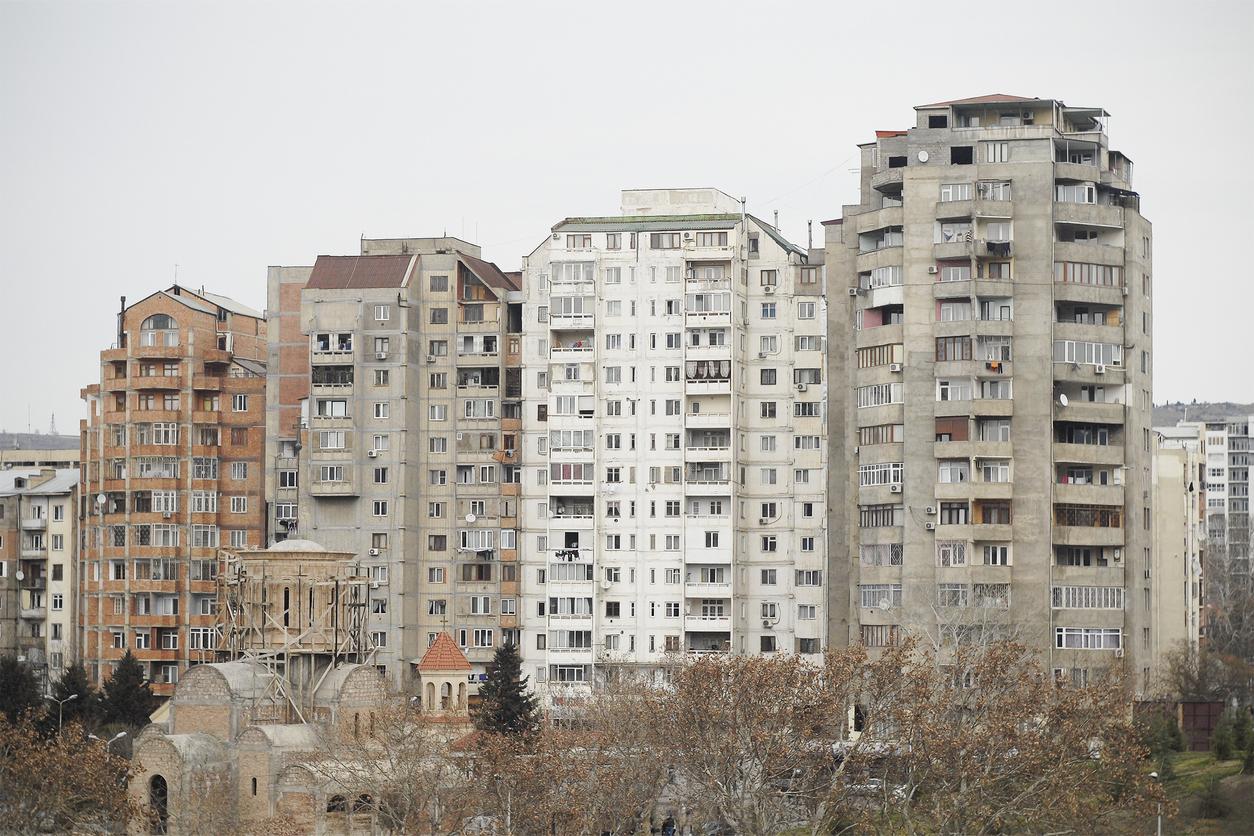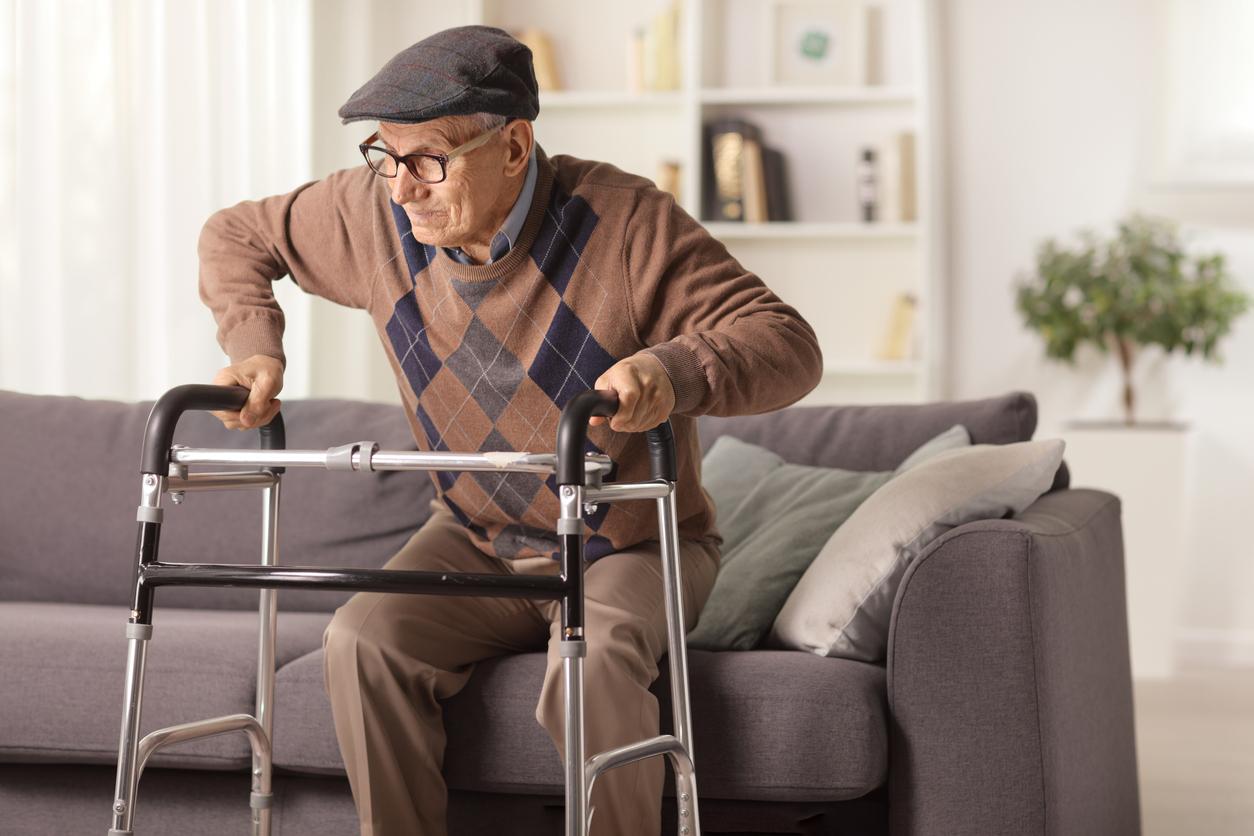Teens who participate in regular physical activity will have healthier bones than others, according to results of a study published in the journal Journal of Bone and Mineral Research.
Researchers at the University of British Columbia in Canada conducted a study with 173 girls and 136 boys aged 9 to 20 at the start of the study to analyze sedentary lifestyle and bone health during adolescence. They used high-resolution 3D X-ray images to compare the differences between young people who exercise 60 minutes per day of moderate to intense physical activity per day and those who exercise less than 30 minutes per day.
The four-year window – between the ages of 10 to 14 for girls and 12 to 16 for boys – is a crucial time when 36% of the human skeleton is formed and the bones are particularly sensitive to physical activity.
Sport during adolescence improves bone density
Bone strength is a combination of bone size, density, and microarchitecture.
The study’s findings showed that moderate to intense physical activity promotes bone strength and bone volume in the tibia and radius.
In contrast, physical inactivity is a risk factor for porosity of the tibia and radius and low cortical bone density of the tibia.
“We are finding that less active adolescents have weaker bones and therefore with reduced bone strength, a higher risk of fractures,” concludes Leigh Gabel, senior author and doctoral candidate in orthopedics at the University of British Columbia.
Read also:
Sedentary lifestyle: what if we started by no longer sitting?
Sports activity makes children happy
Sedentary lifestyle: four in ten children never play outside
















